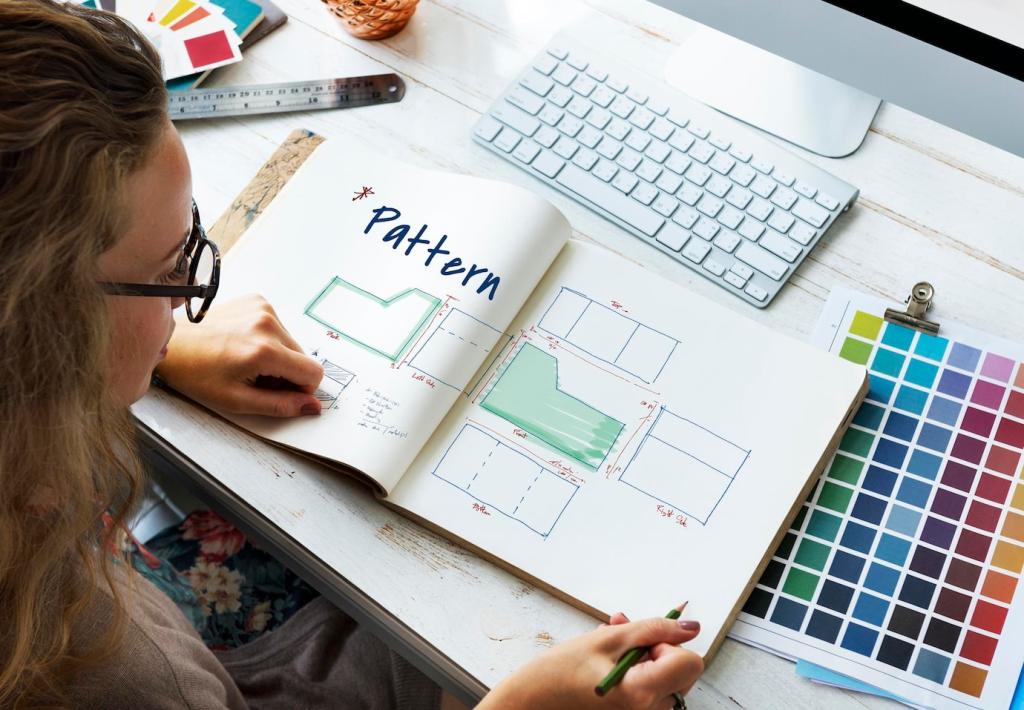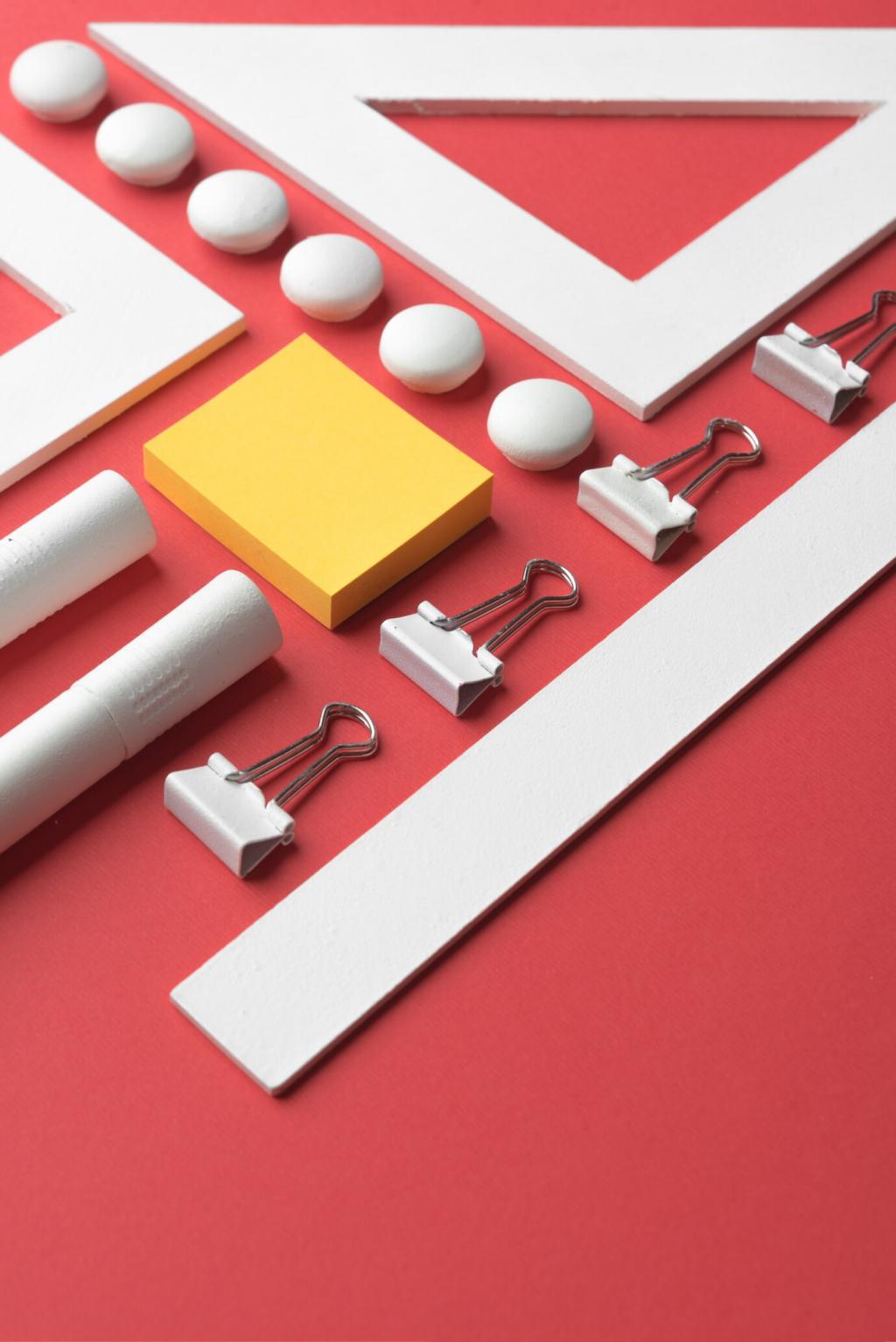Words That Shape Spaces: Utilizing Persuasive Language in Interior Design Copy
Chosen theme: Utilizing Persuasive Language in Interior Design Copy. Discover how compelling, ethical copy turns mood boards into momentum, and browsers into believers. Read, share your thoughts, and subscribe for weekly strategies tailored to interiors that speak and sell.

The Psychology of Persuasion for Interior Design Copy
Authority Without Arrogance
Signal expertise through precise terminology, clear process language, and confident, calm phrasing. Mention certifications, curated partnerships, or awards sparingly, allowing details and results-driven wording to demonstrate leadership without overwhelming or intimidating potential clients.
Social Proof That Feels Real
Use specific outcomes, not generic praise. Replace “amazing designer” with “reclaimed oak shelving increased storage by 32% while keeping the gallery wall focal.” Add names, neighborhoods, and dates where possible to anchor trust in reality.
Loss Aversion, Framed Ethically
Invite timely decisions by highlighting what fades with delay: contractor availability, seasonal discounts, or sourcing windows for specialty stone. Keep tone respectful; the goal is clarity about stakes, not pressure that undermines long-term goodwill.

Luxury Without Cliché
Trade overused adjectives for evocative specificity. Swap “opulent finishes” with “hand-burnished brass that warms under evening light.” Luxury copy persuades by demonstrating refinement through material detail, rhythm, and restraint, not by piling on superlatives.
Approachable and Livable
Use warm verbs and everyday anchors: “layouts that breathe,” “sofas that welcome weekend naps,” “entryways that reset your day.” Persuasion arises from recognition—when readers see their routines improved, they naturally lean toward action.
Experimental Yet Grounded
Balance daring concepts with reassuring structure. Pair “color-drenched corridor” with “light-balanced palette testing.” Readers trust novelty when copy explains the method: mockups, sampling, and phased approvals that keep risks controlled and creativity intentional.

Sensory Language: Let Clients Feel the Room Before It Exists
Describe how materials behave in daily life: “linen that softens each wash,” “limewash that diffuses morning glare,” “soapstone that records family recipes like gentle patina.” Sensory specificity transforms adjectives into believable, memorable promises.
Before–After with Purpose
Avoid vague glow-ups. Instead, narrate trade-offs: “We surrendered twelve inches of corridor to widen the nursery closet; clutter vanished, the crib corner breathes.” Specific sacrifices and gains make your expertise tangible and persuasive.
Anecdotes That Stick
Tell the breakfast bar story: a couple stopped arguing over workspace when a flip-down extension transformed homework hours. Small human moments persuade more strongly than grand claims because readers picture themselves inside the solution.
Outcome-Driven Endings
Close stories with measurable relief: minutes saved, decibels lowered, steps reduced, storage gained. Clients remember numbers anchored to daily feelings—calmer mornings, quicker cleanups—and those anchors turn curiosity into confident yeses.
Case Studies with Clear Metrics
Present one transformation per case: the client’s constraint, your hypothesis, the design move, and the result. “Two-month timeline met; sourcing 87% local.” Concise structures show rigor and make decisions feel safe.
Testimonials that Illuminate Process
Invite clients to describe a moment: “When the paint sample looked wrong at dusk, they stayed until it sang.” Process praise beats generic flattery by proving you handle uncertainty with care and competence.
Calls to Action That Feel Like Invitations
Replace “Book Now” with “Start a five-minute fit call.” Add commitments: “No obligation, bring photos.” Reducing ambiguity persuades because it removes imagined effort—the most common barrier between interest and inquiry.

Calls to Action That Feel Like Invitations
Offer a soft step and a decisive step: “Download our lighting checklist,” “Schedule an on-site consultation.” Layered choices respect indecision while keeping momentum alive, meeting readers exactly where they are today.


Editing for Persuasion: Precision, Rhythm, and Clarity
Trim filler phrases, but preserve emotional anchors: morning light, quiet corners, sturdy surfaces. When sentences carry only essential meaning, your strongest benefits shine—and clients hear themselves in your words.
Editing for Persuasion: Precision, Rhythm, and Clarity
Blend crisp one-liners with melodic clauses. Short sentences carry certainty. Longer ones carry imagery. This rhythm persuades subconsciously, giving your copy a confident pulse that matches your design sensibility.
